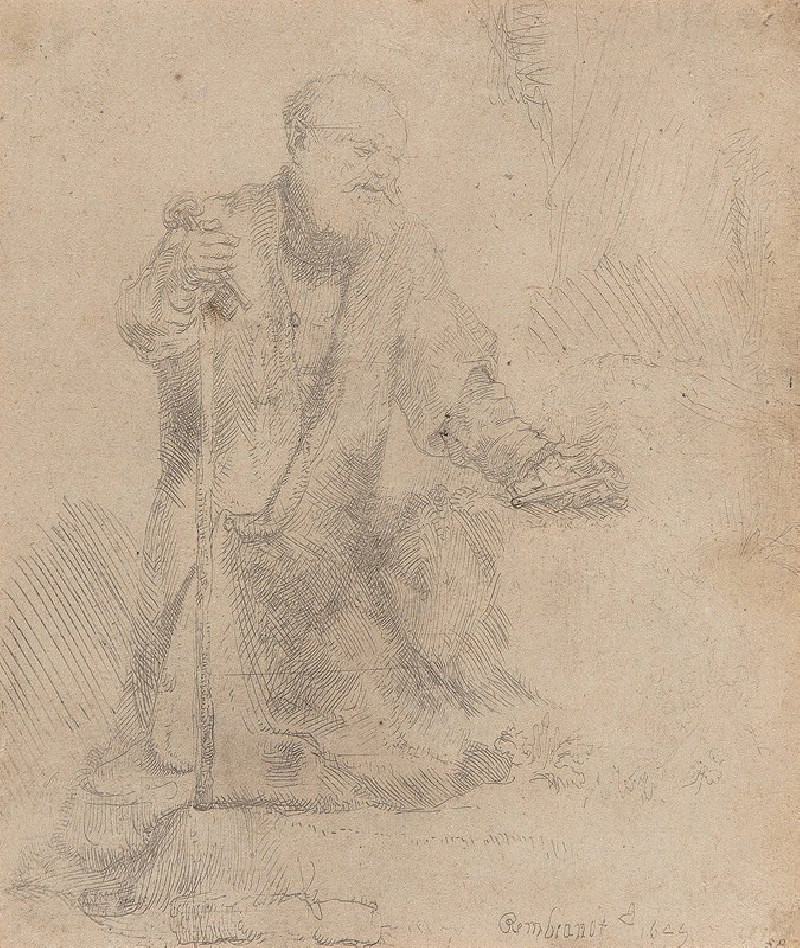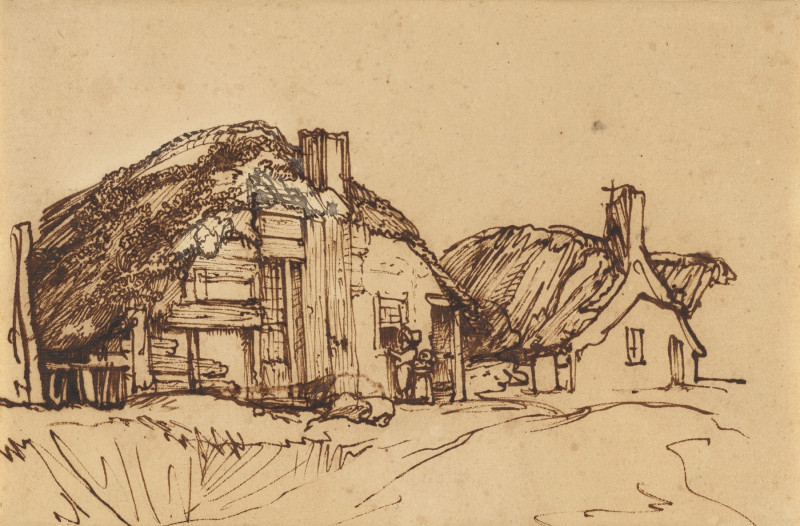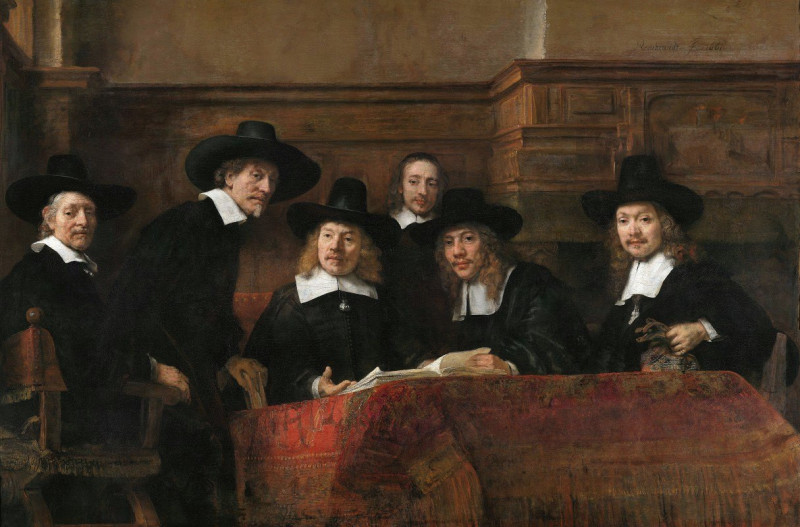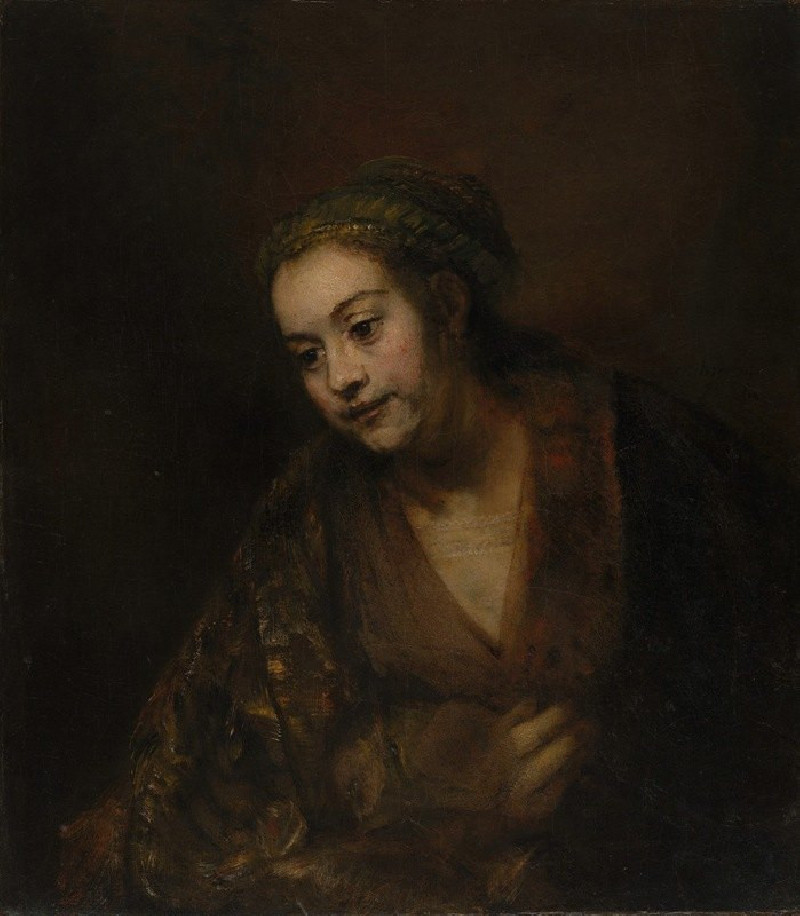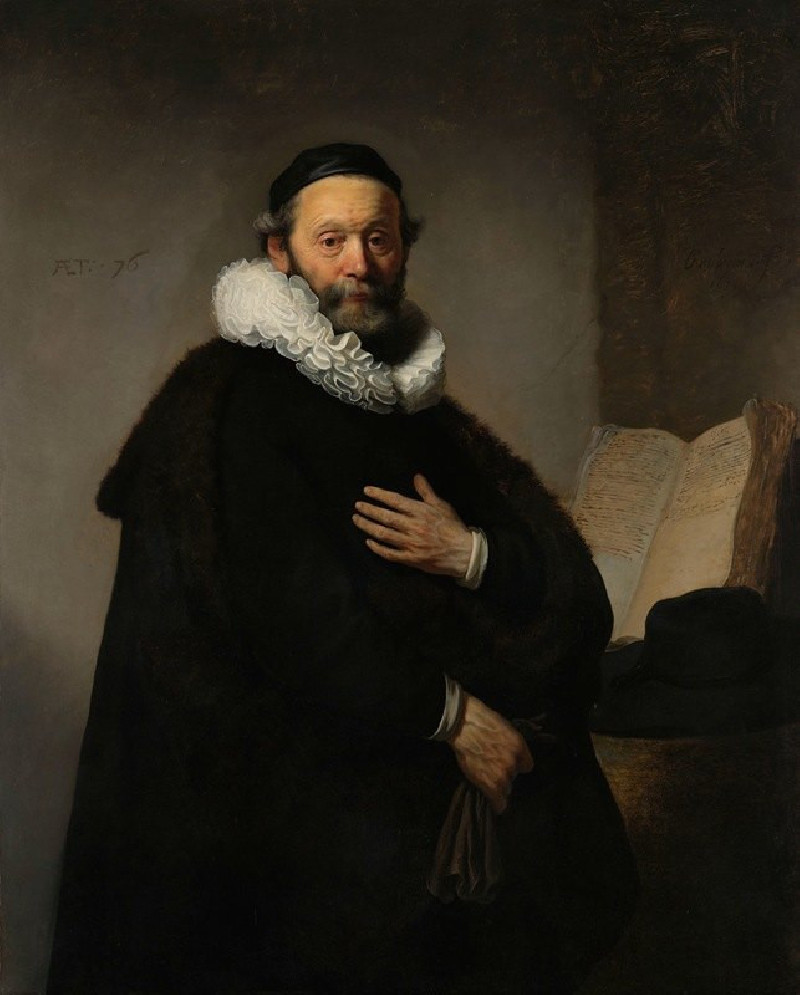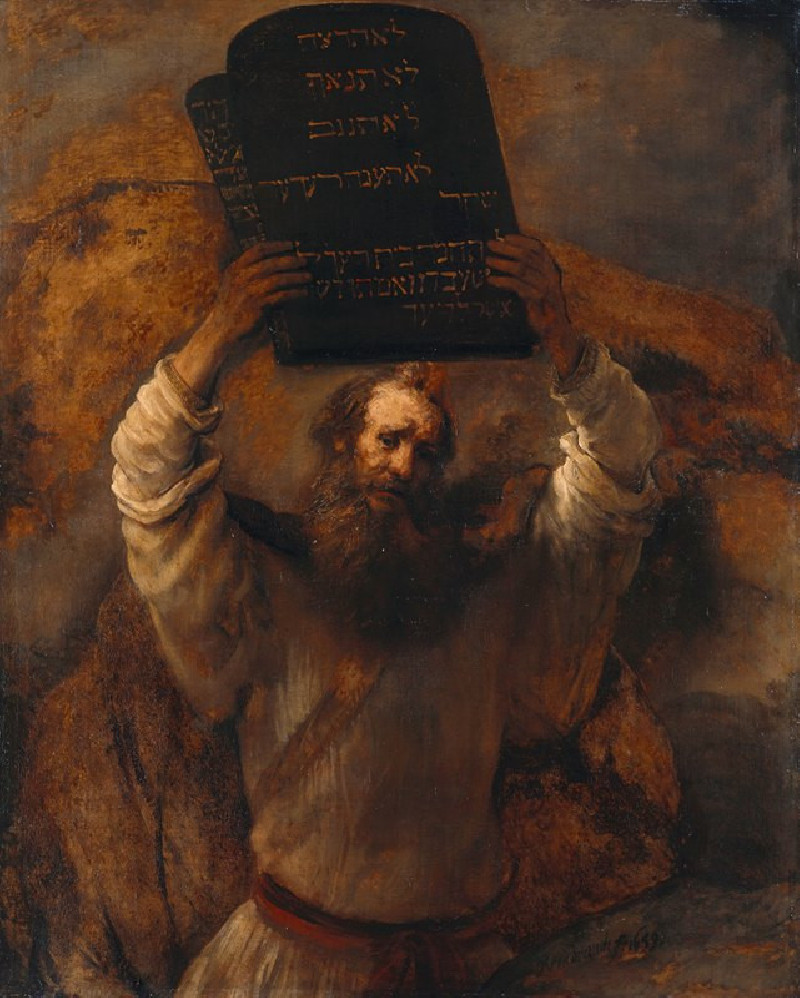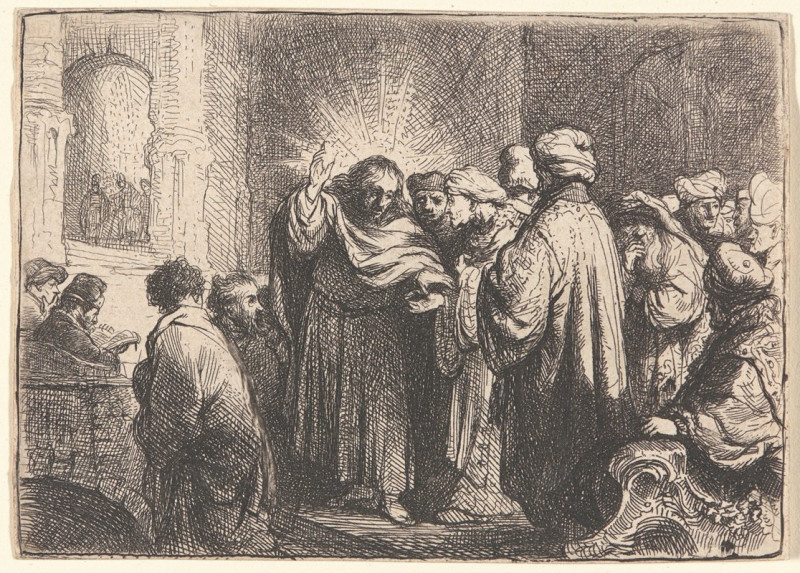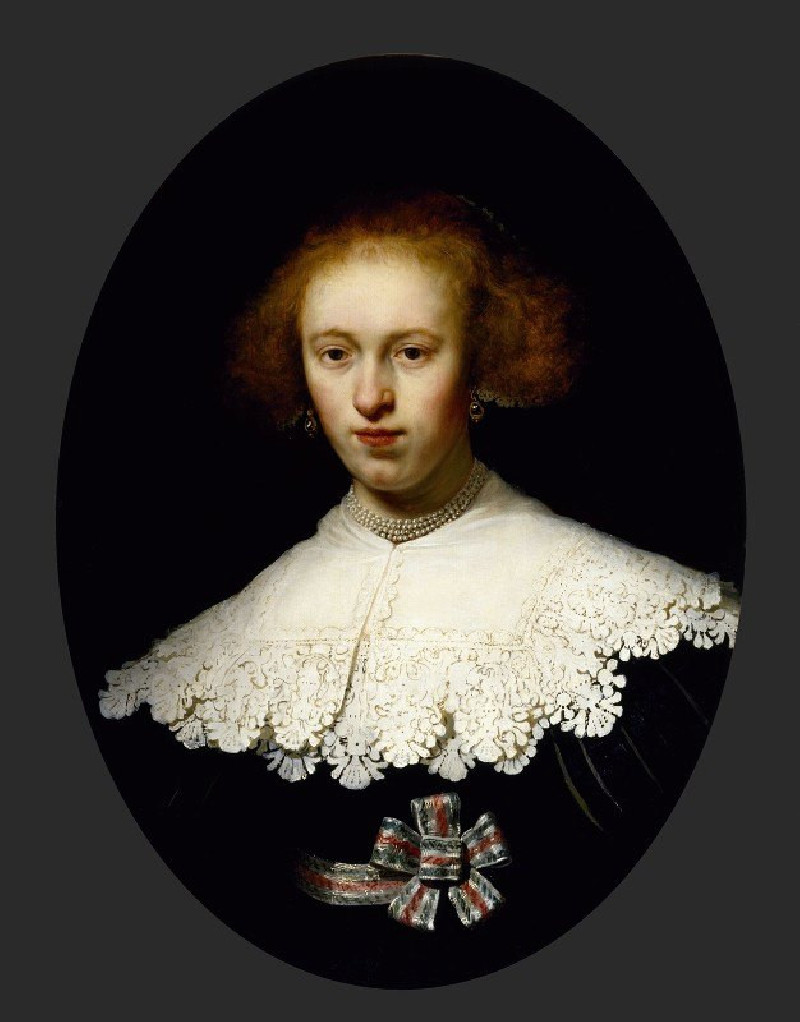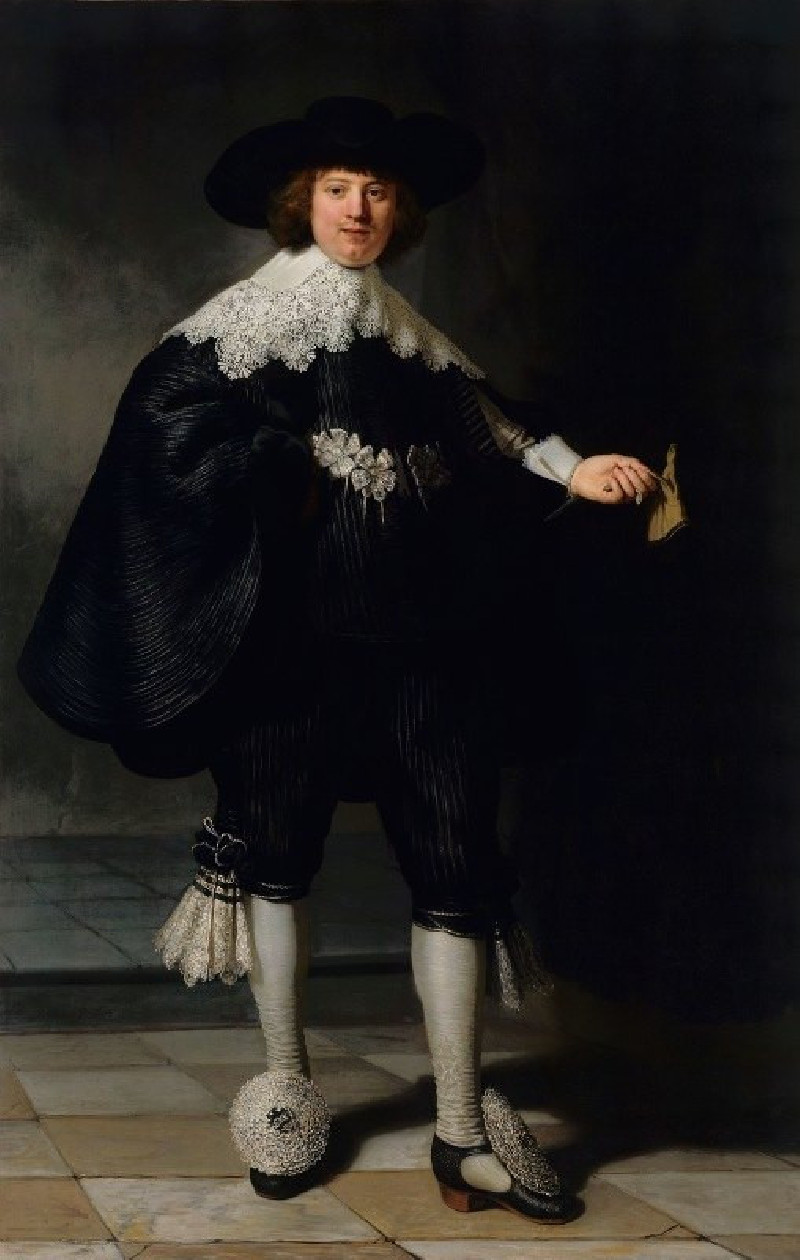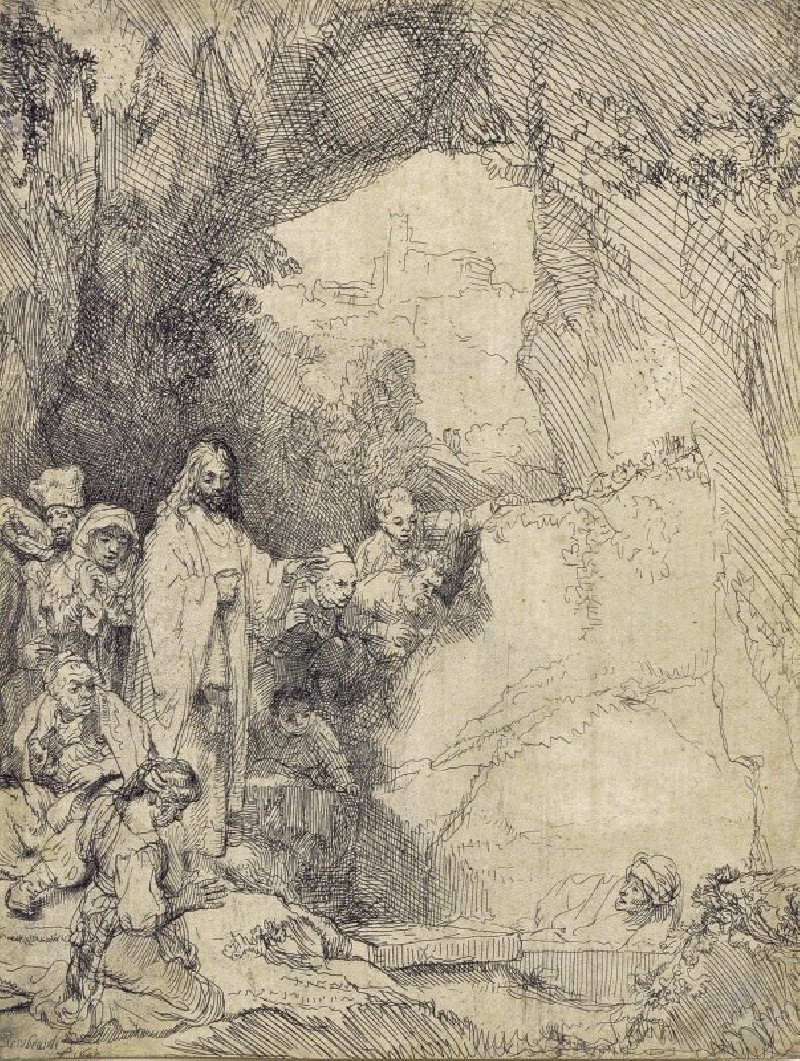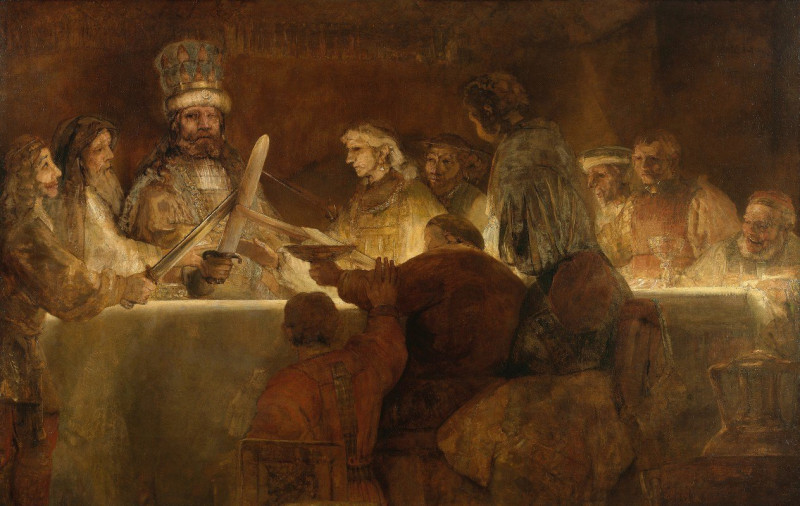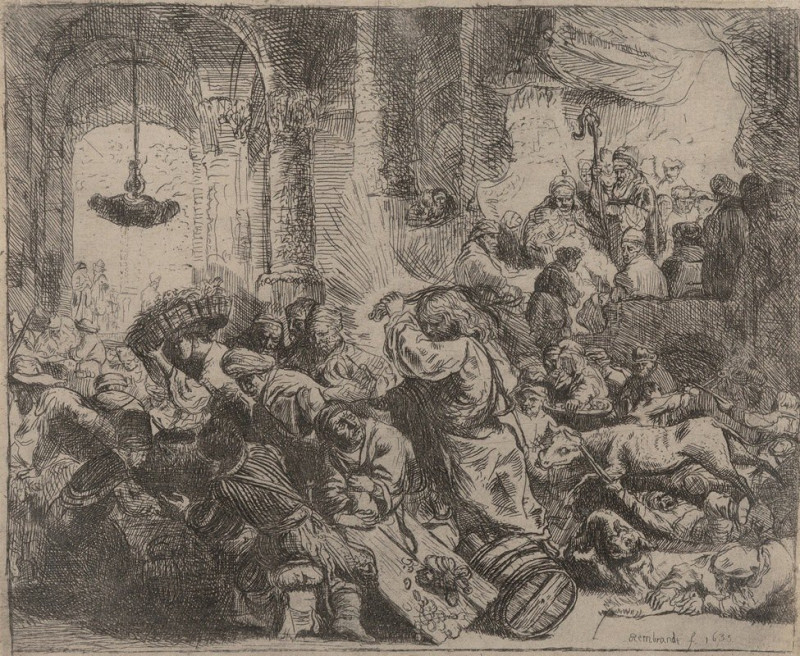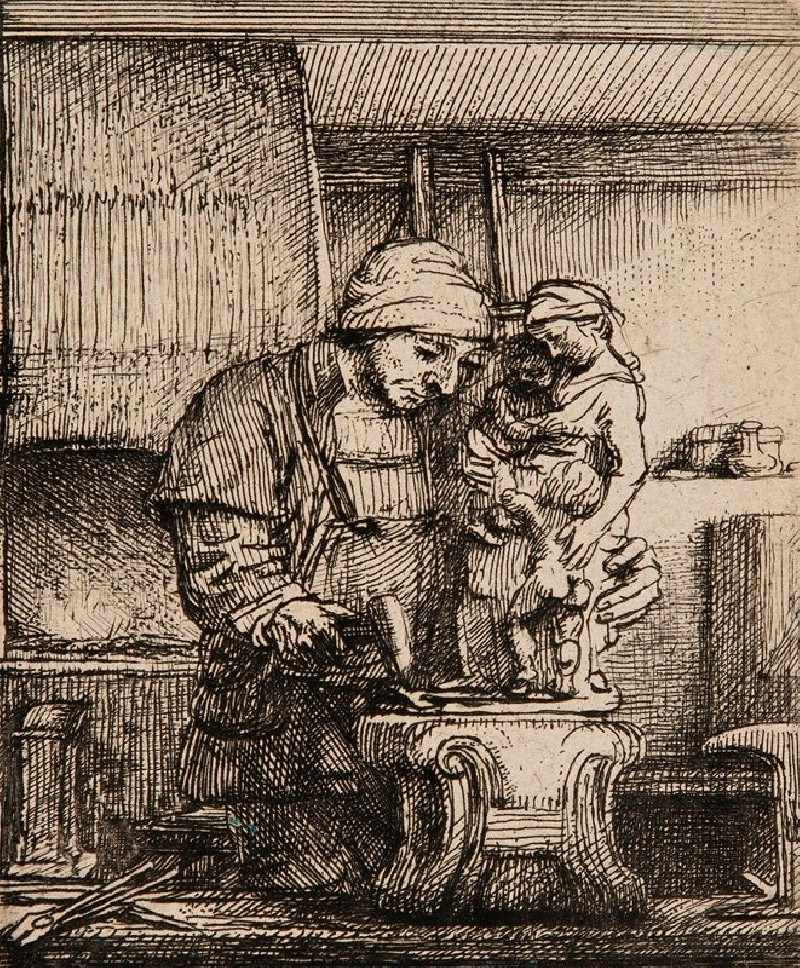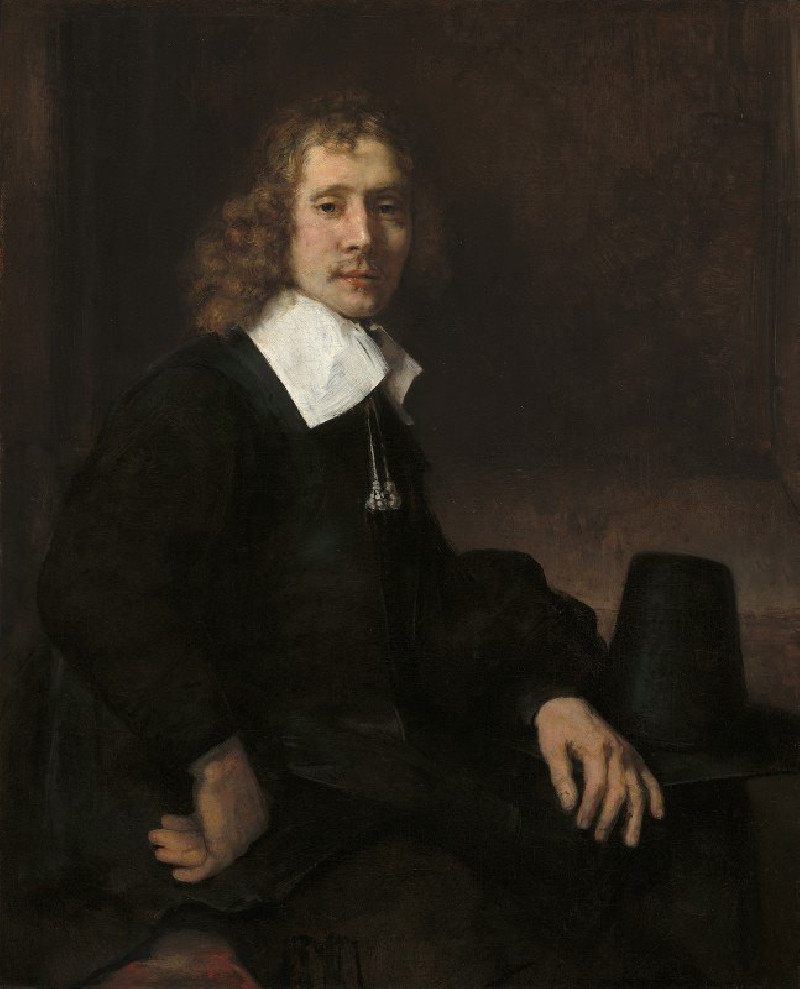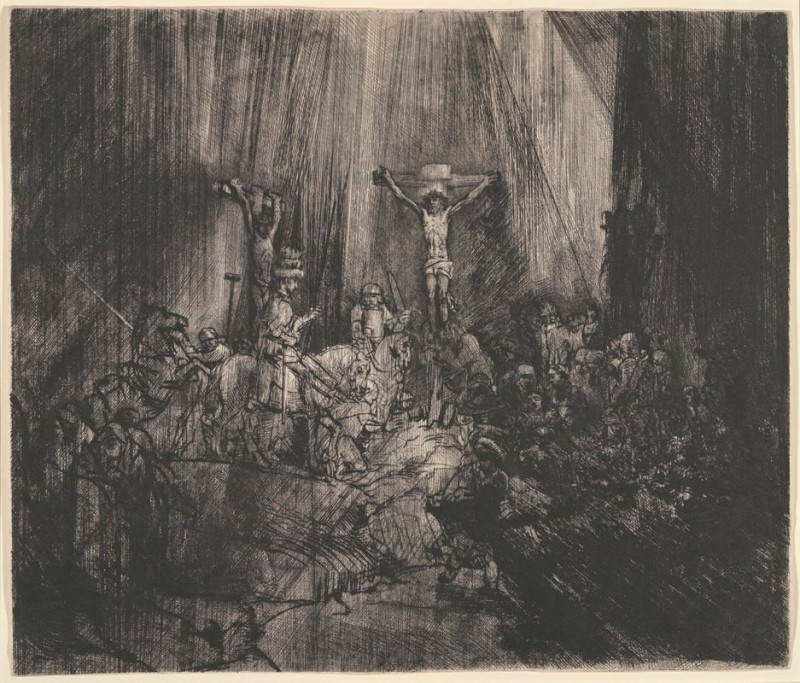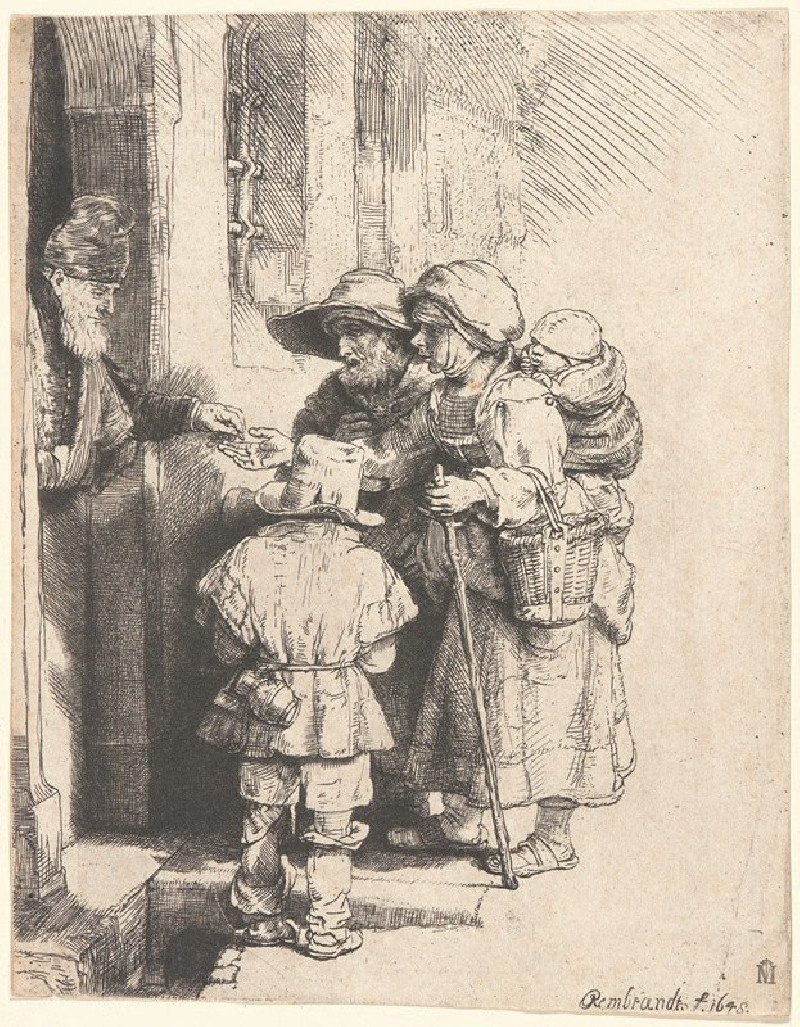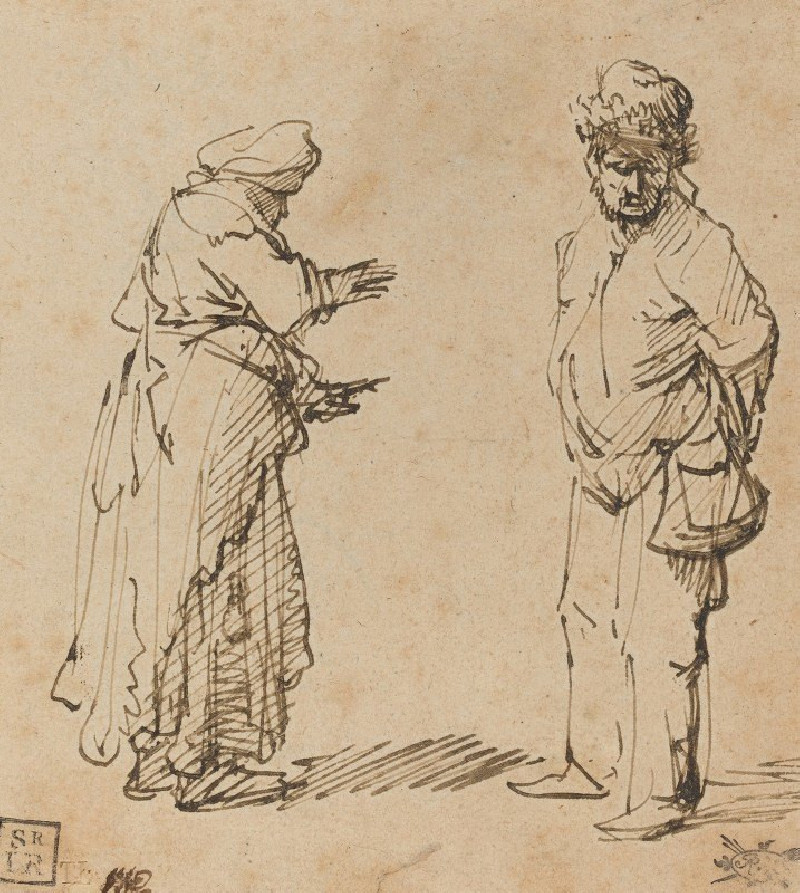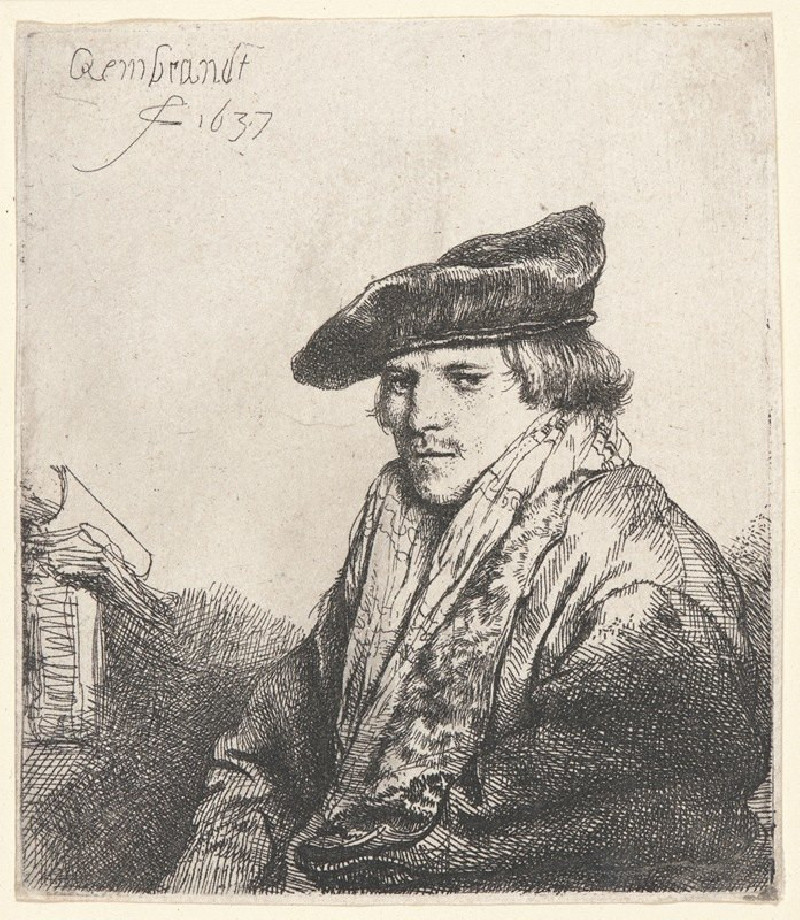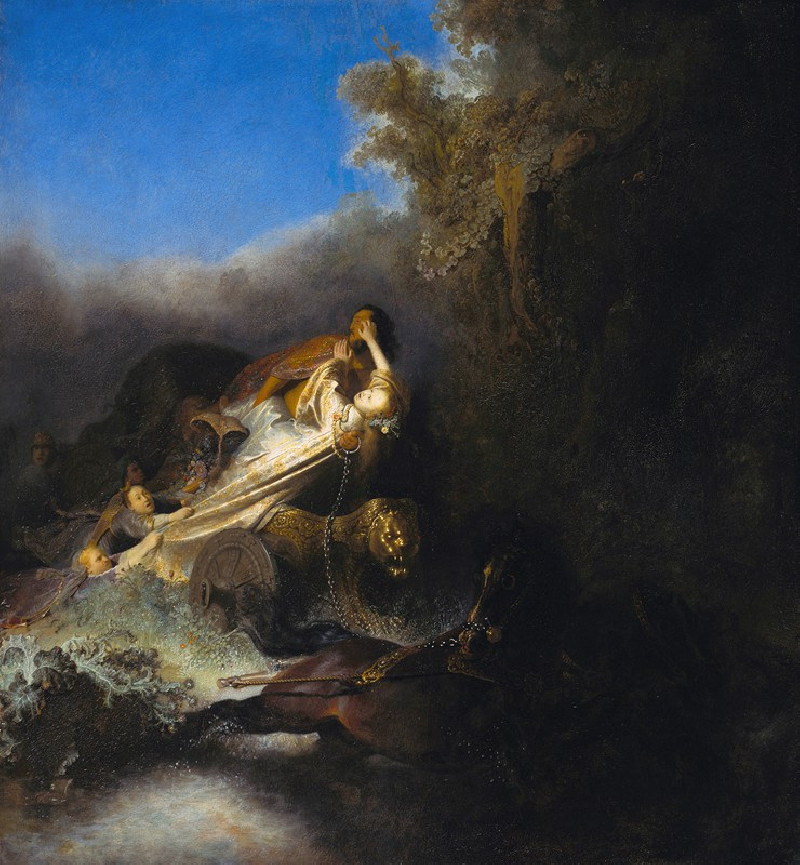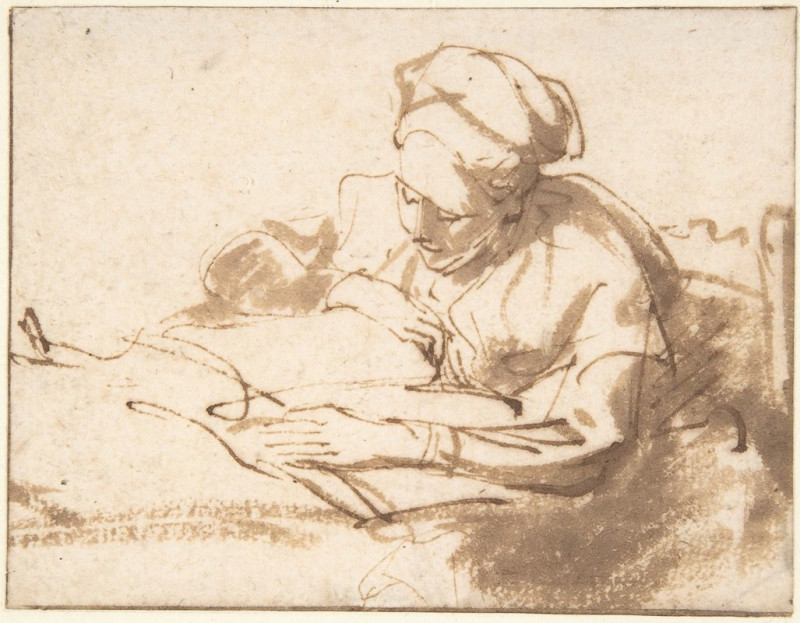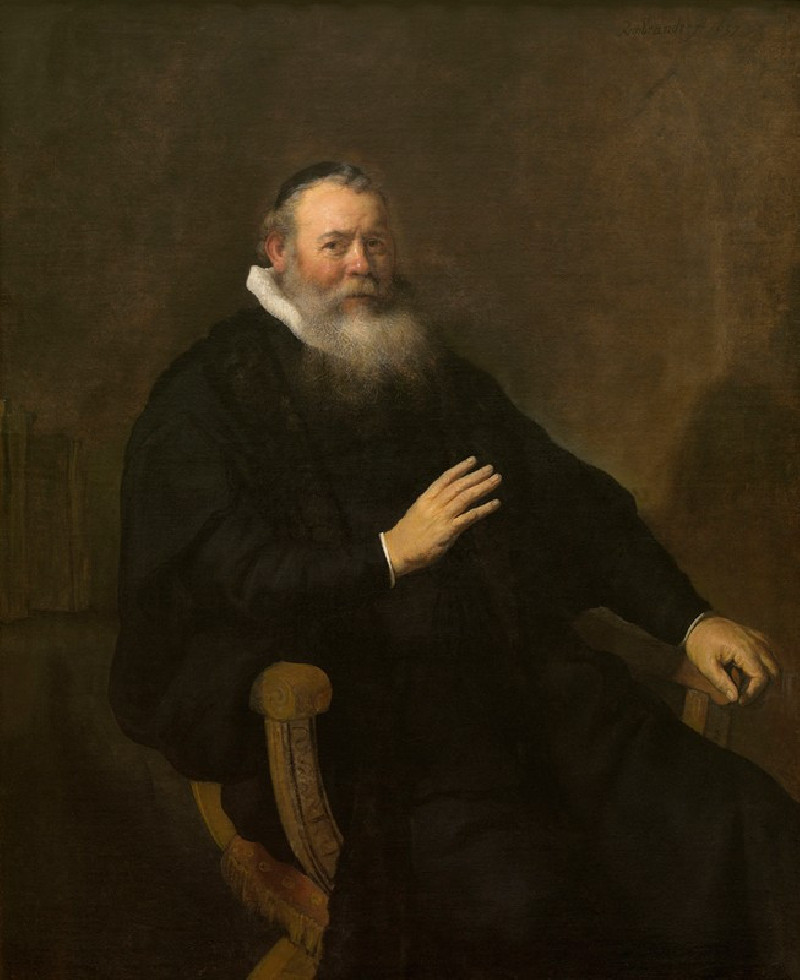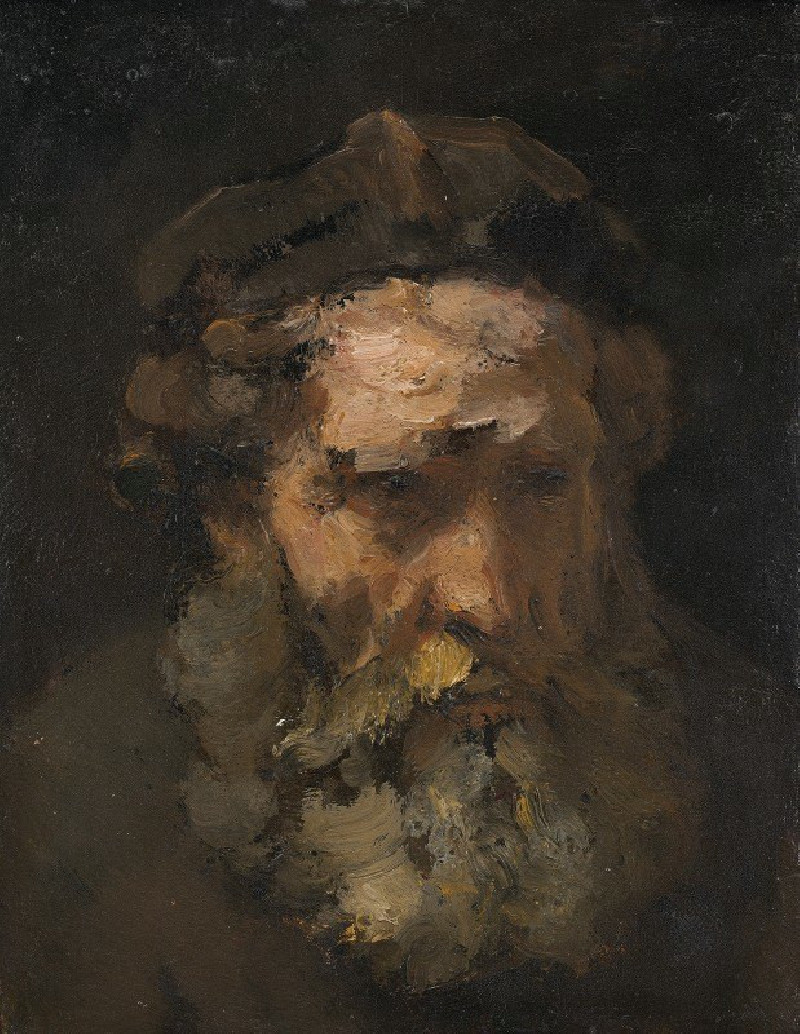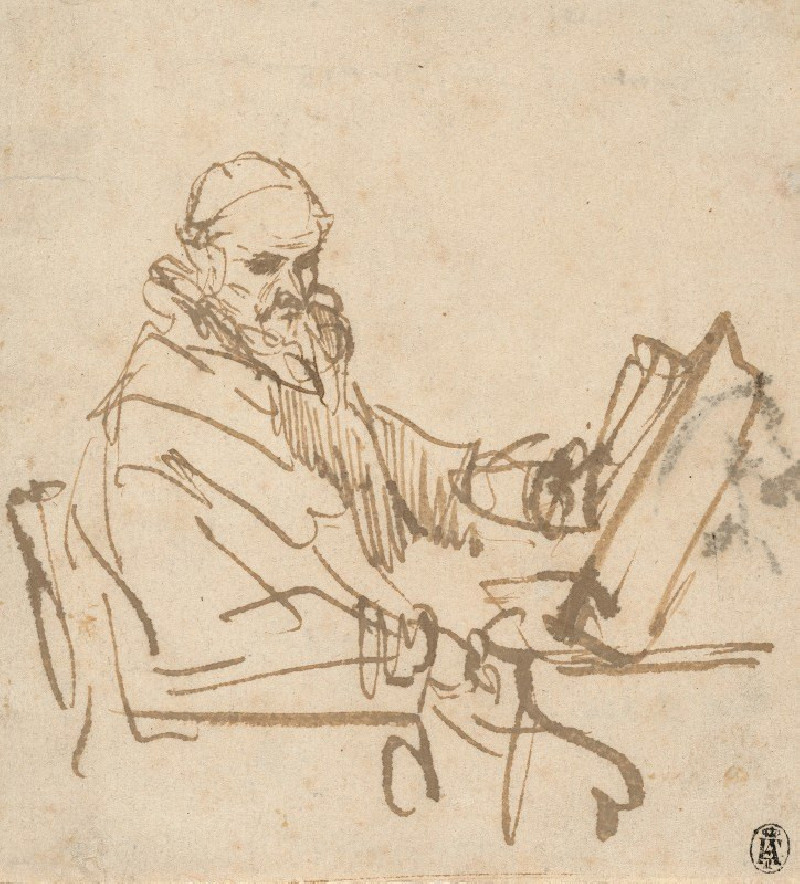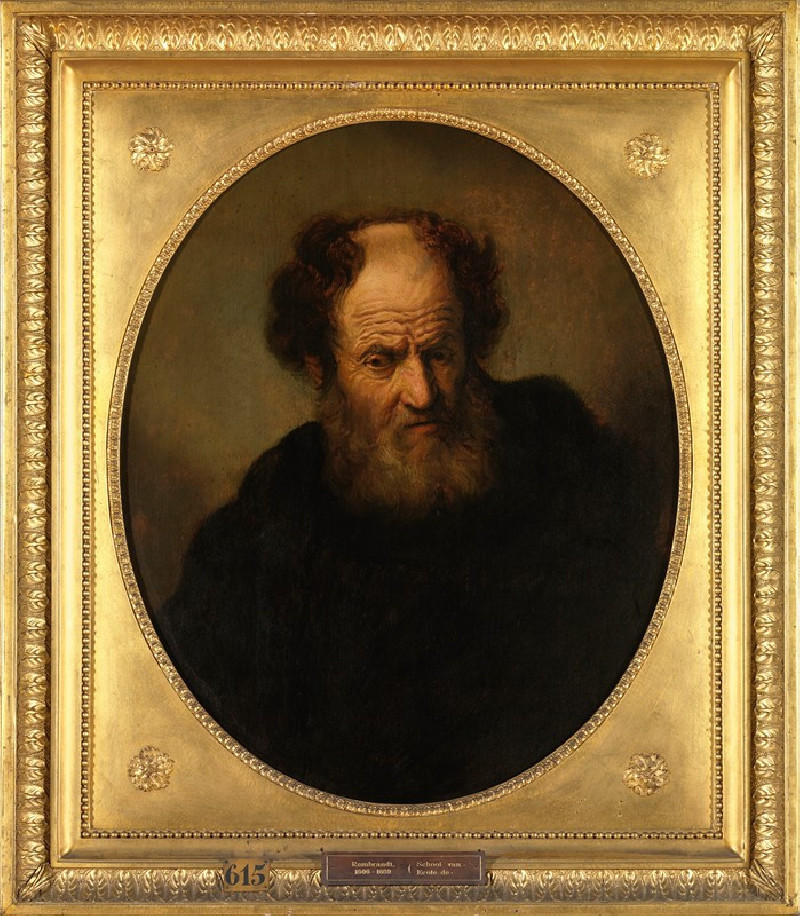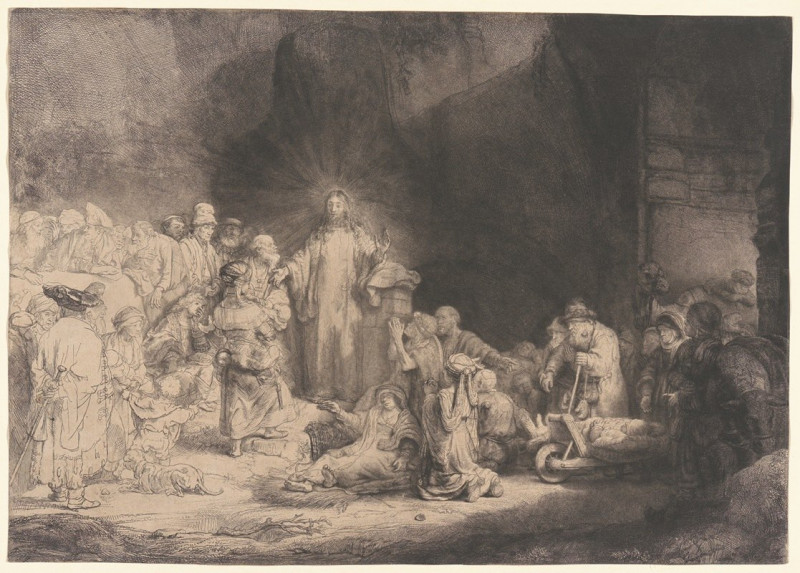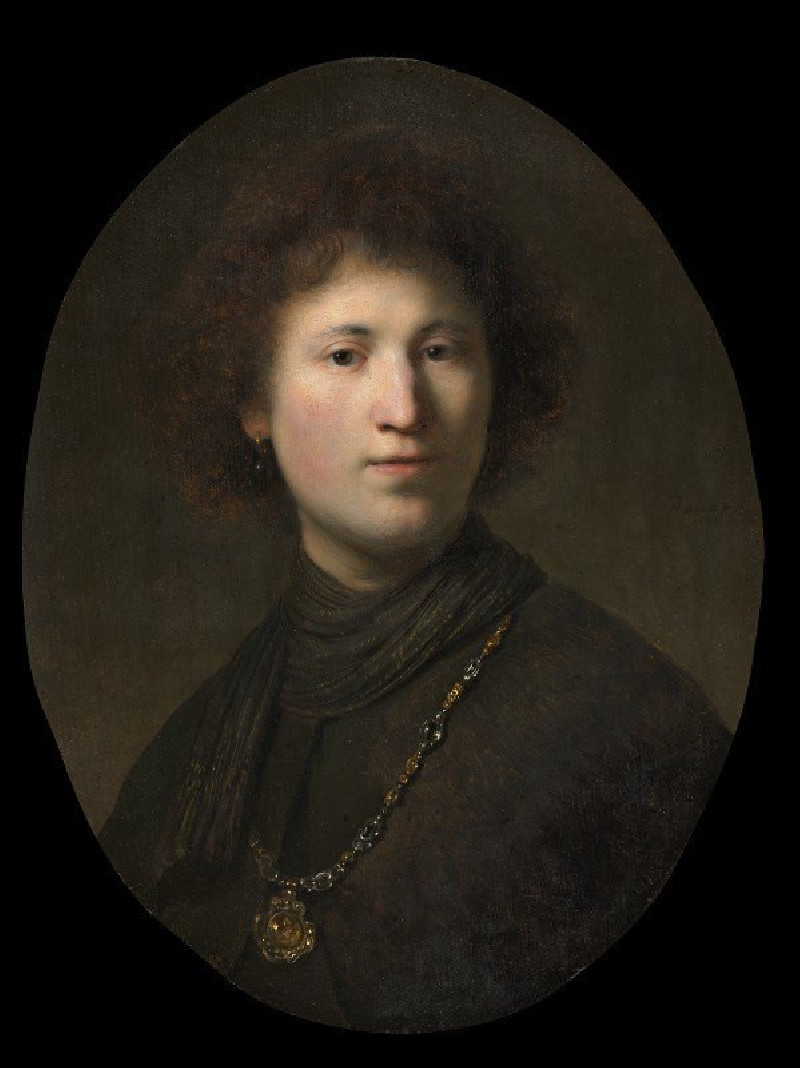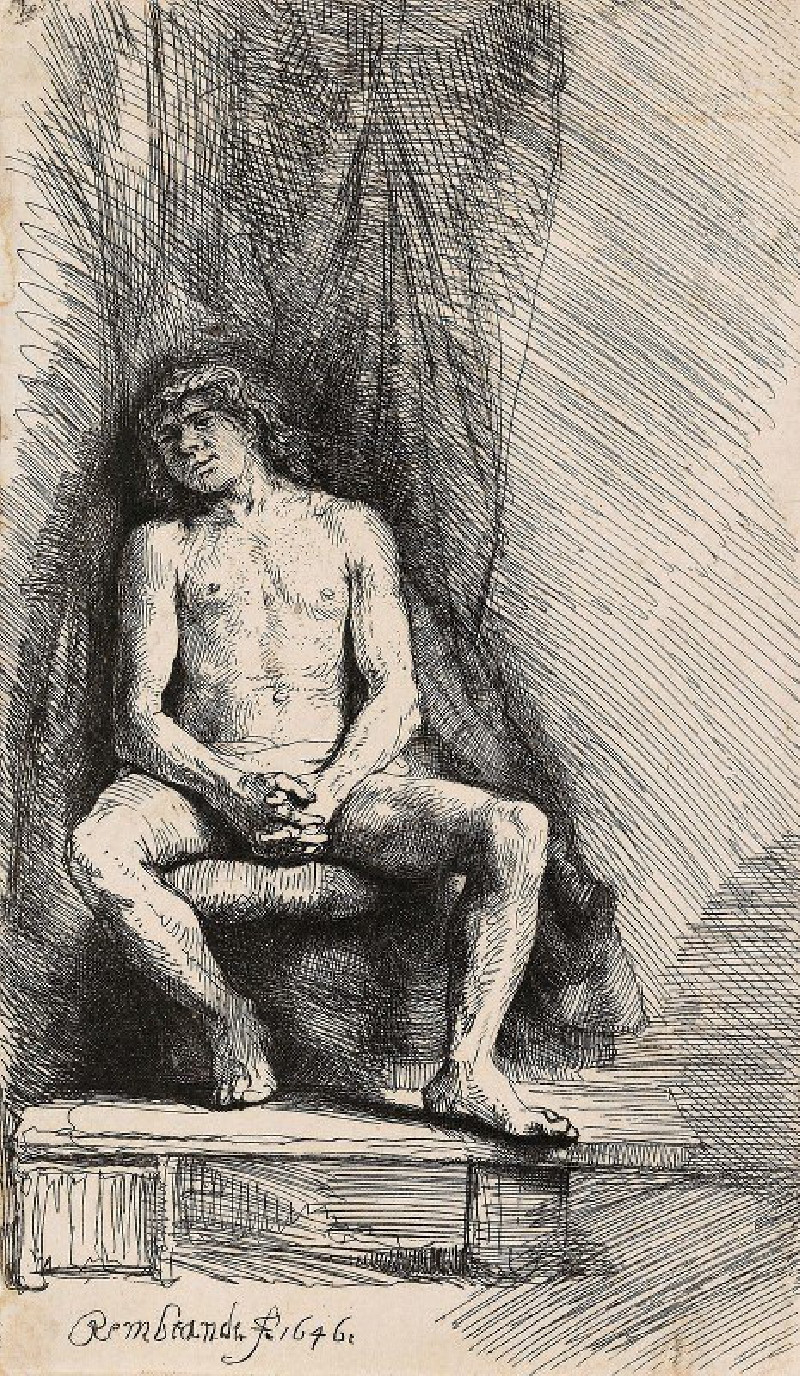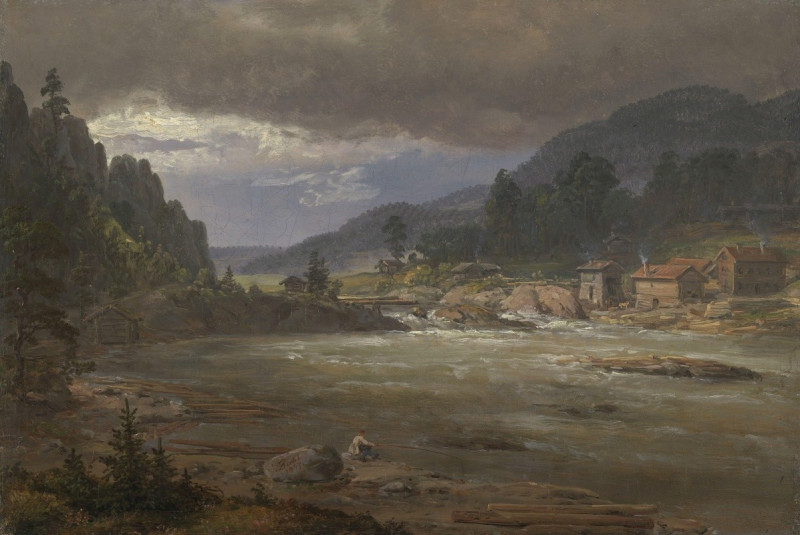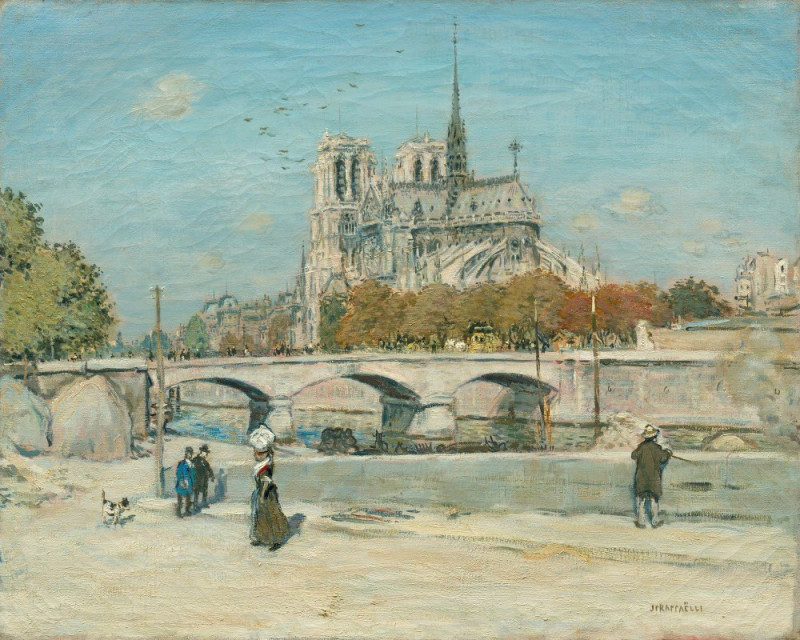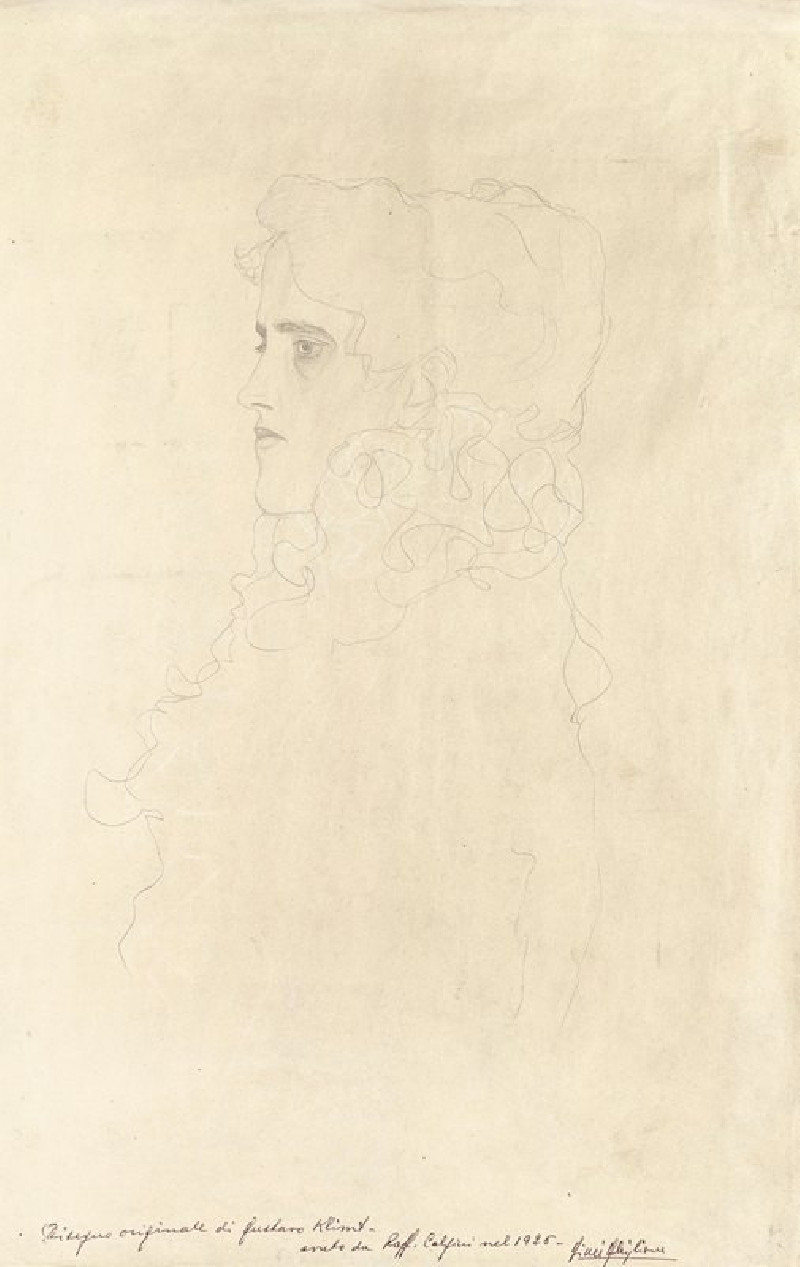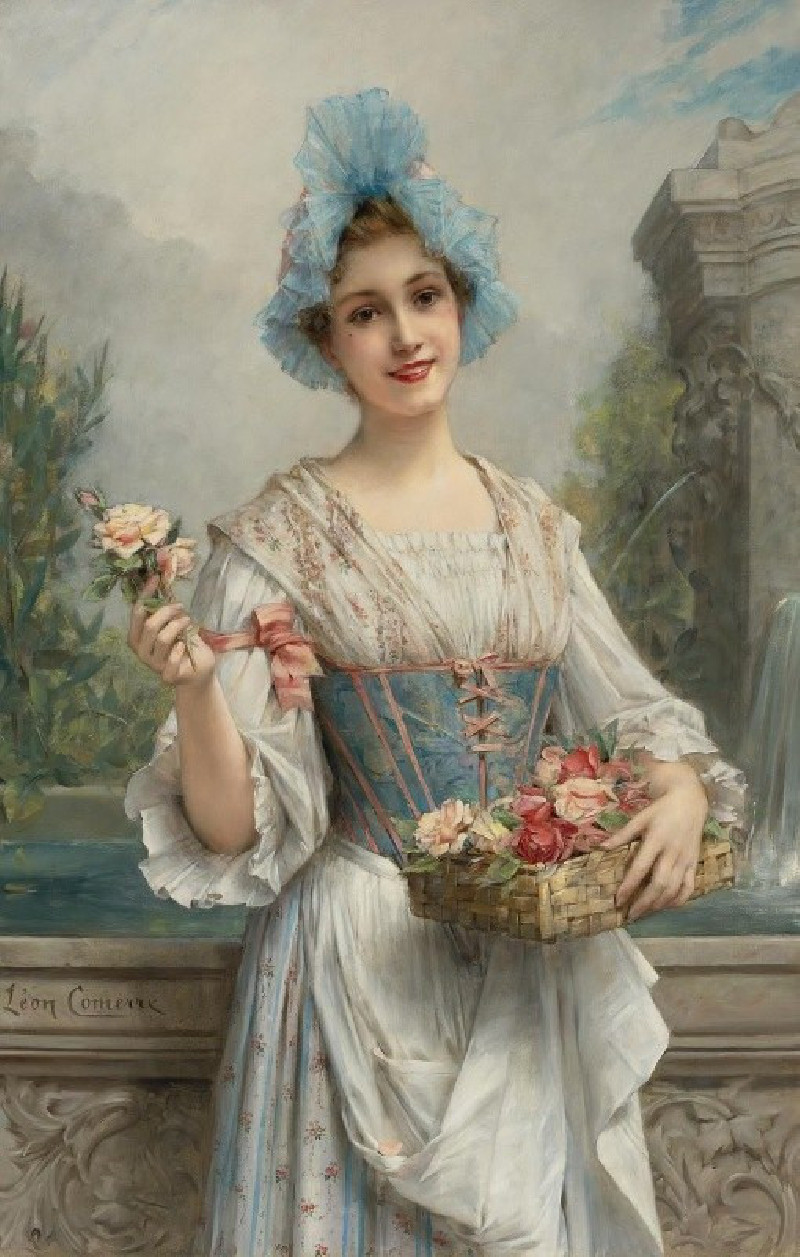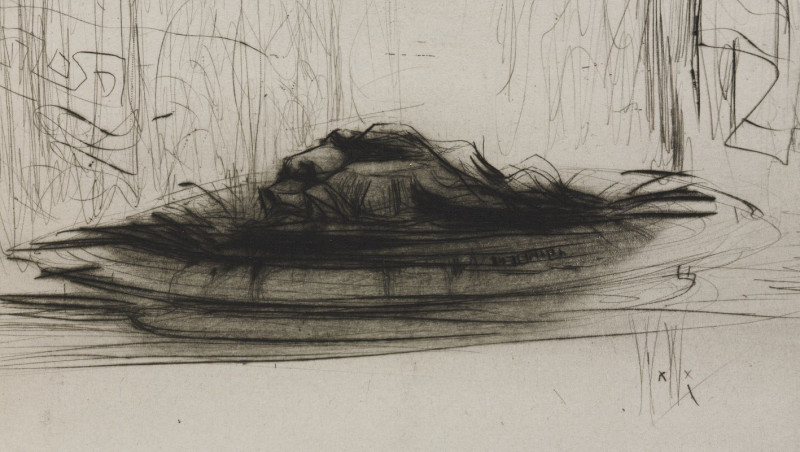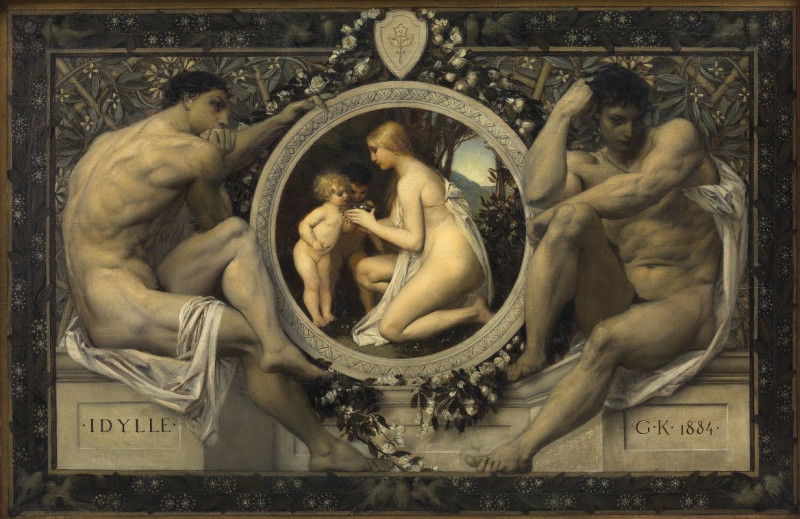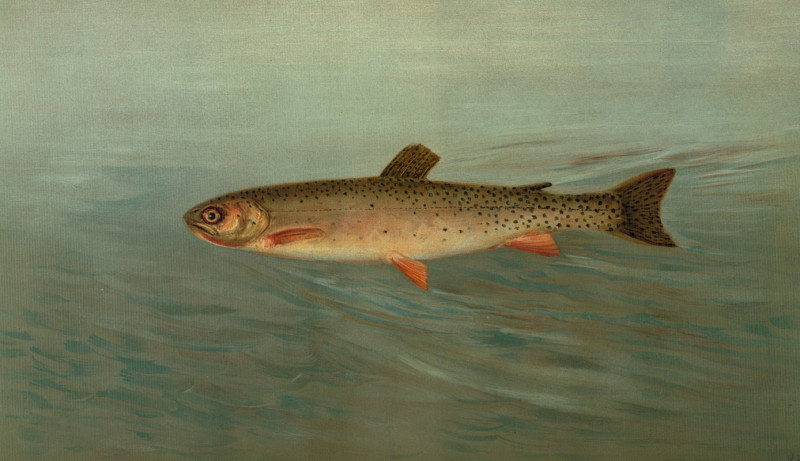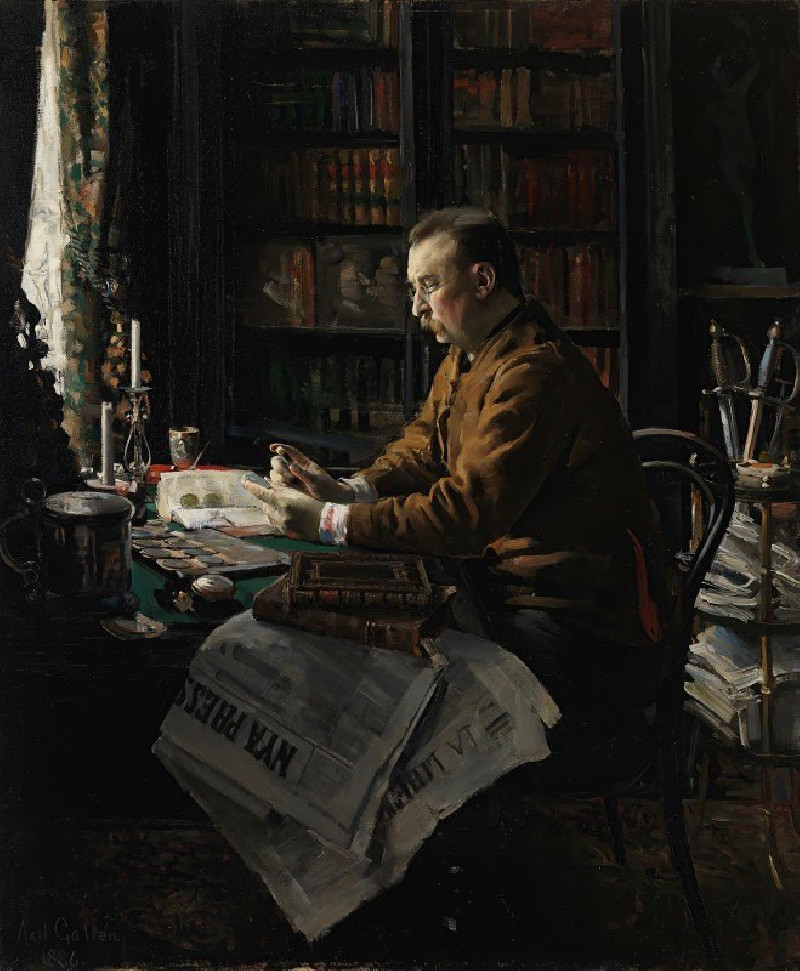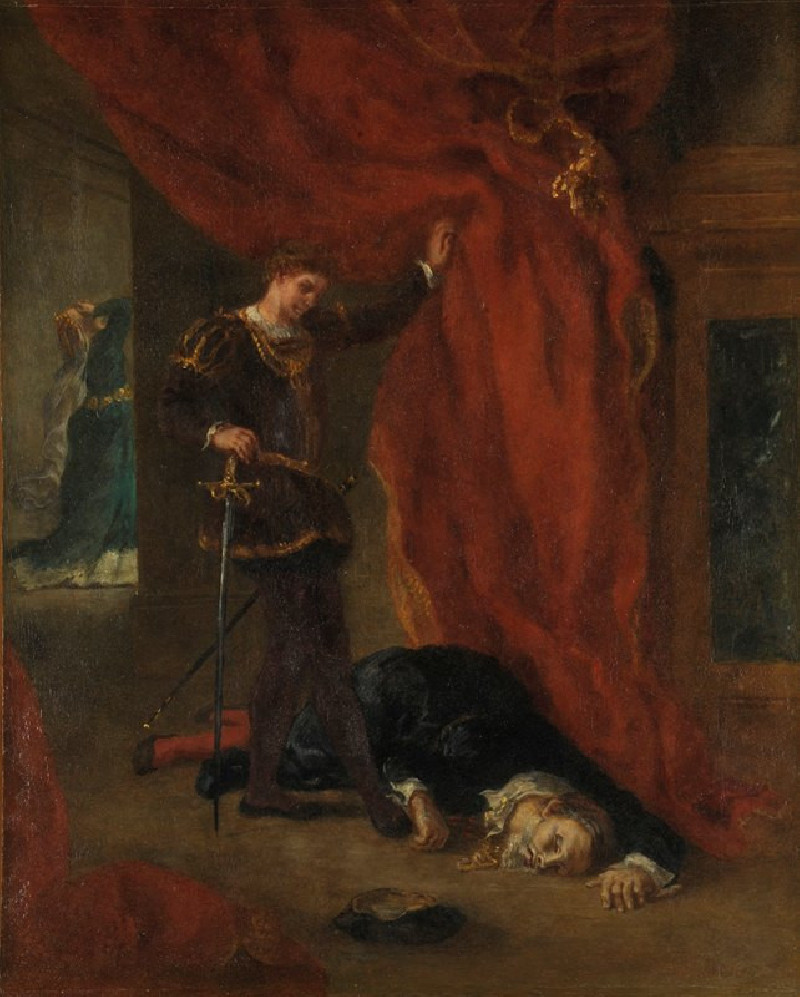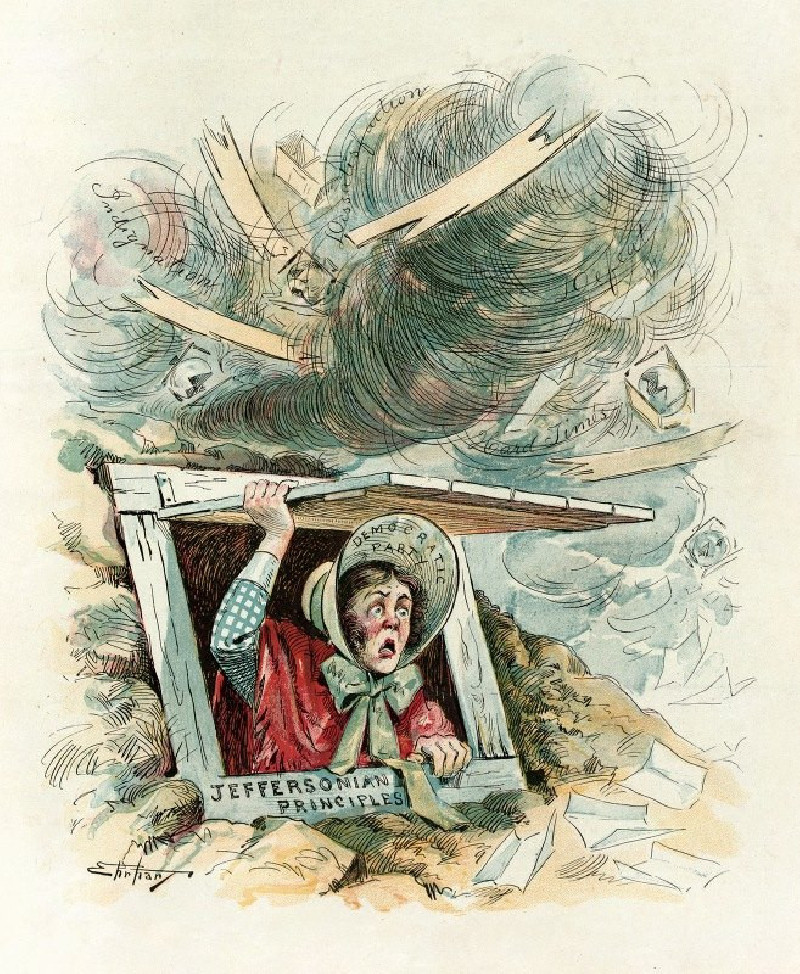St. Peter in penitence (1645)
Technique: Giclée quality print
Recommended by our customers
More about this artwork
Dive deep into the soulful world of Rembrandt van Rijn with one of his evocative works, "St. Peter in Penitence," created in 1645. This piece beautifully captures the poignant moment of remorse and reflection in the life of St. Peter, a key figure in Christian theology, known for denying Jesus thrice before the rooster crowed, as foretold.This etching, skillfully rendered in Rembrandt's signature detailed and expressive style, portrays an aged St. Peter in an isolated setting, enveloped by the weight of his repentance. The artwork focuses on the emotional depth of his penitence. St. Peter is depicted with an open gesture, possibly in prayer or pleading for forgiveness, emphasizing his vulnerability and the gravity of his guilt.Rembrandt's masterful use of line in this etching adds a dynamic texture to the drapery of St. Peter's robes and highlights the expressive features of his face, making the saint's turmoil almost tangible to the viewer. The sparse background directs all attention to St. Peter and his inner conflict, enhancing the scene's introspective nature.This artwork not only showcases Rembrandt's prowess in portraying human emotions and spiritual themes but also serves as a reflection on themes of forgiveness, redemption, and the human condition. A timeless piece, "St. Peter in Penitence" resonates with audiences by inviting them to ponder over their moments of regret and the possibility of spiritual renewal.
Delivery
Returns
Rembrandt Harmenszoon van Rijn was a Dutch draughtsman, painter, and printmaker. An innovative and prolific master in three media, he is generally considered one of the greatest visual artists in the history of art and the most important in Dutch art history. Unlike most Dutch masters of the 17th century, Rembrandt's works depict a wide range of style and subject matter, from portraits and self-portraits to landscapes, genre scenes, allegorical and historical scenes, and biblical and mythological themes as well as animal studies.

